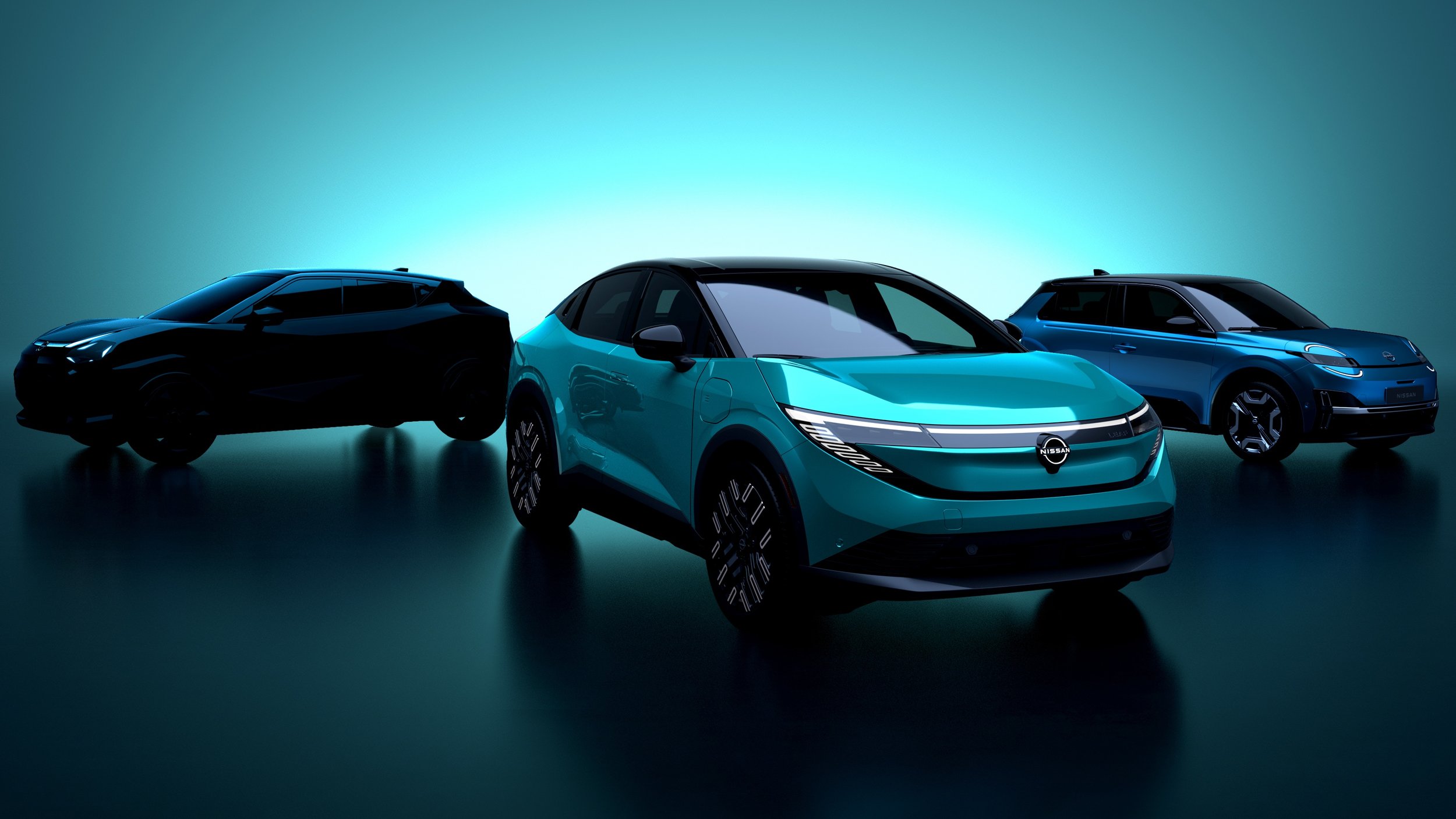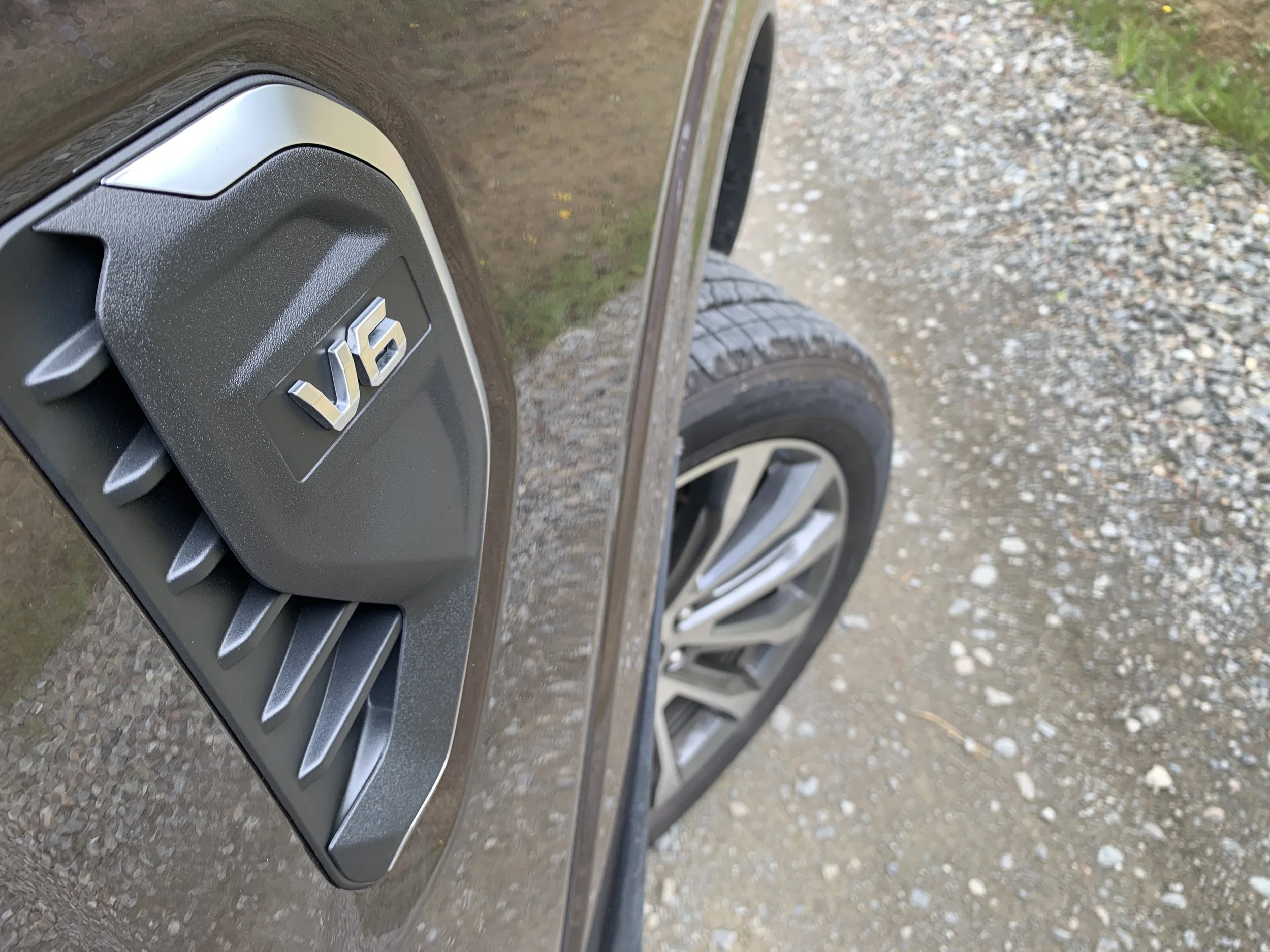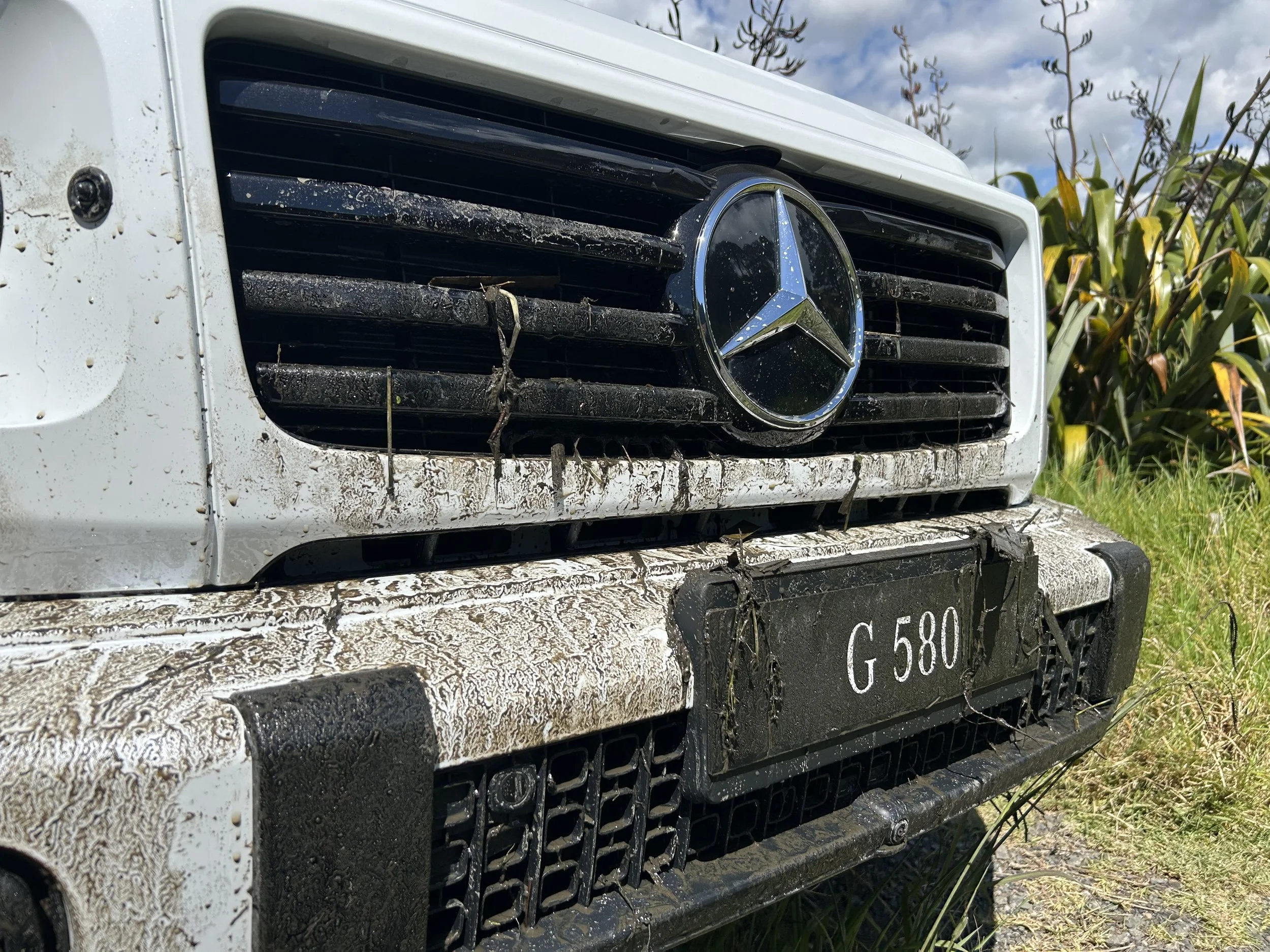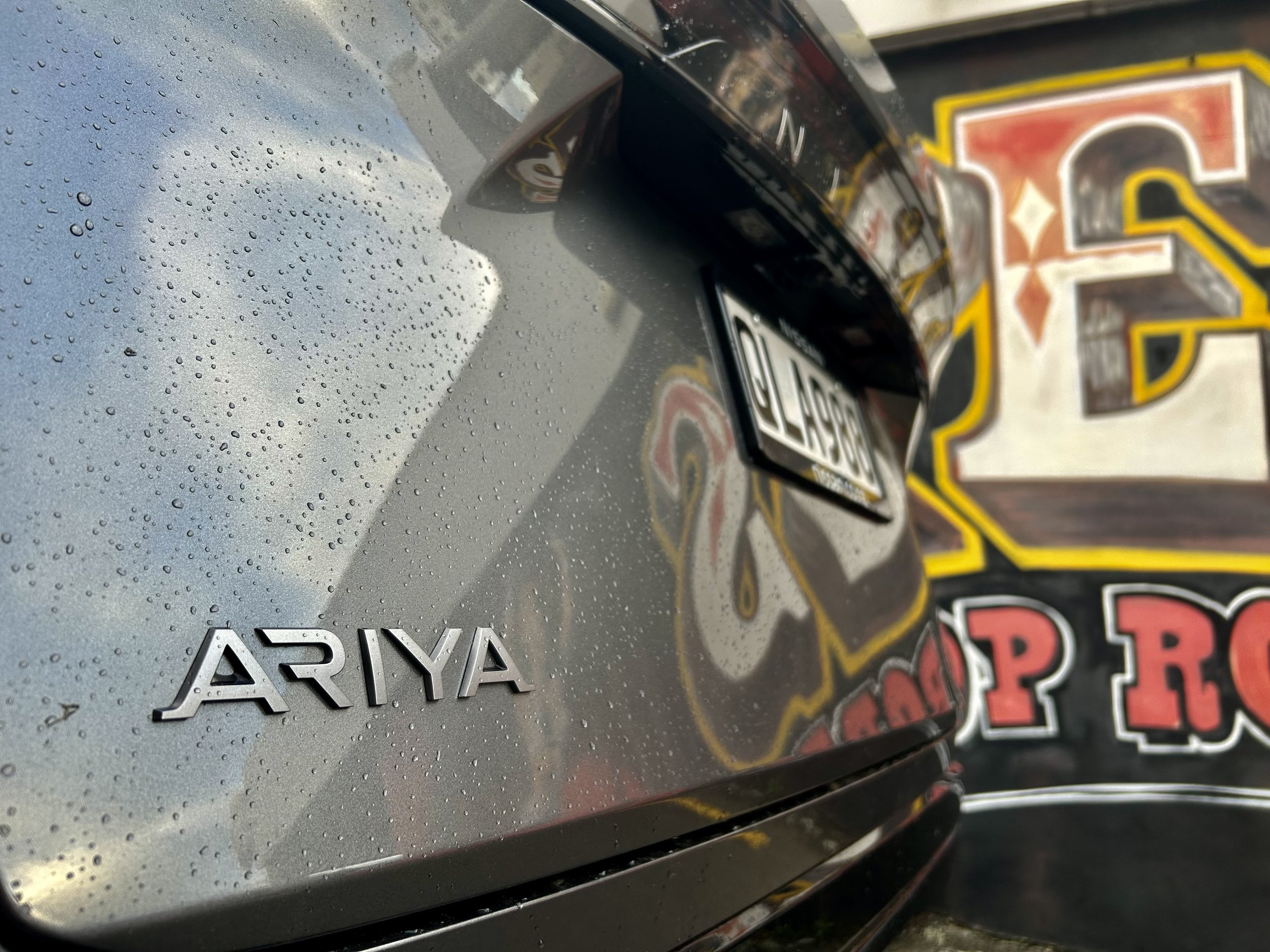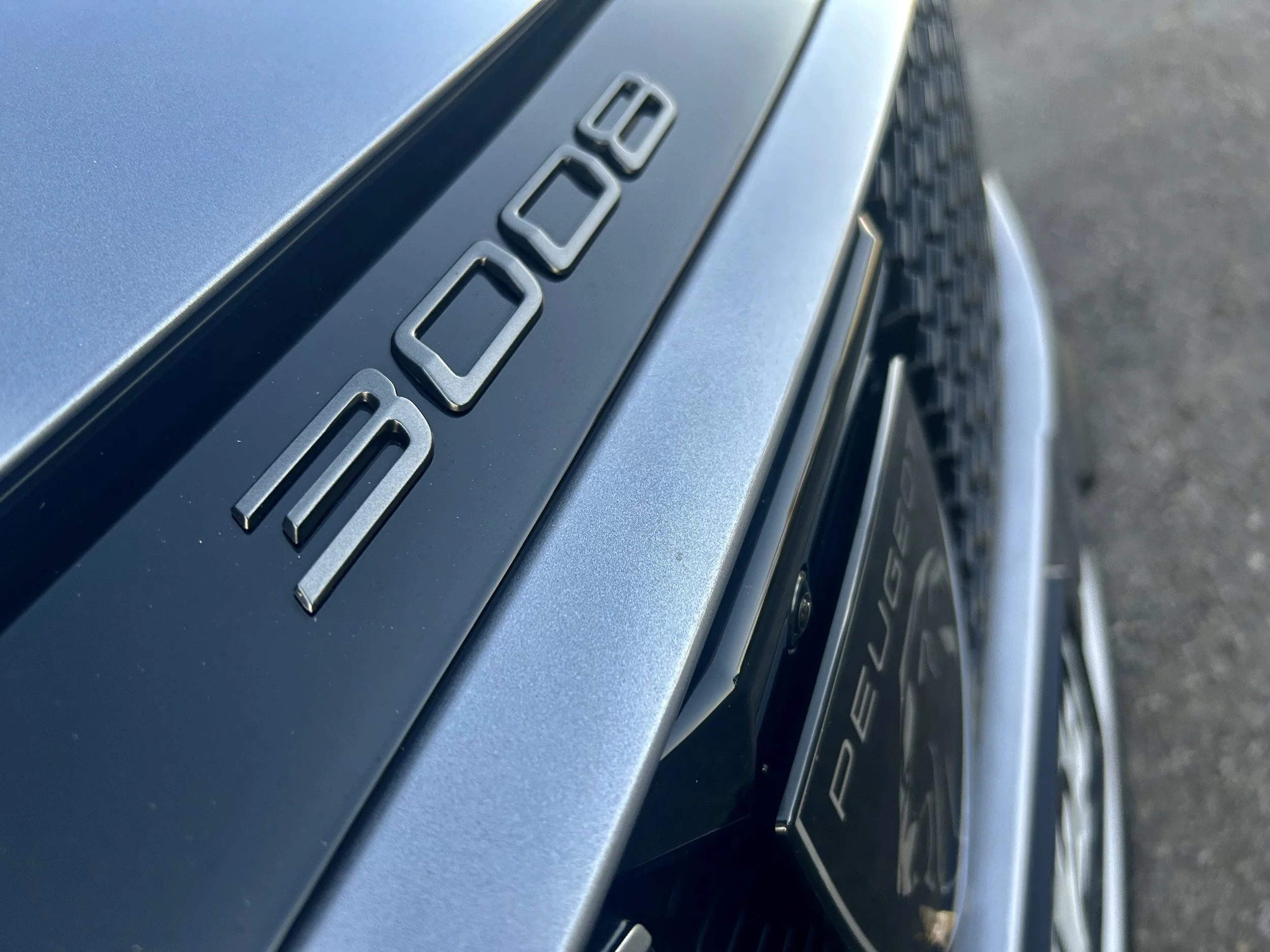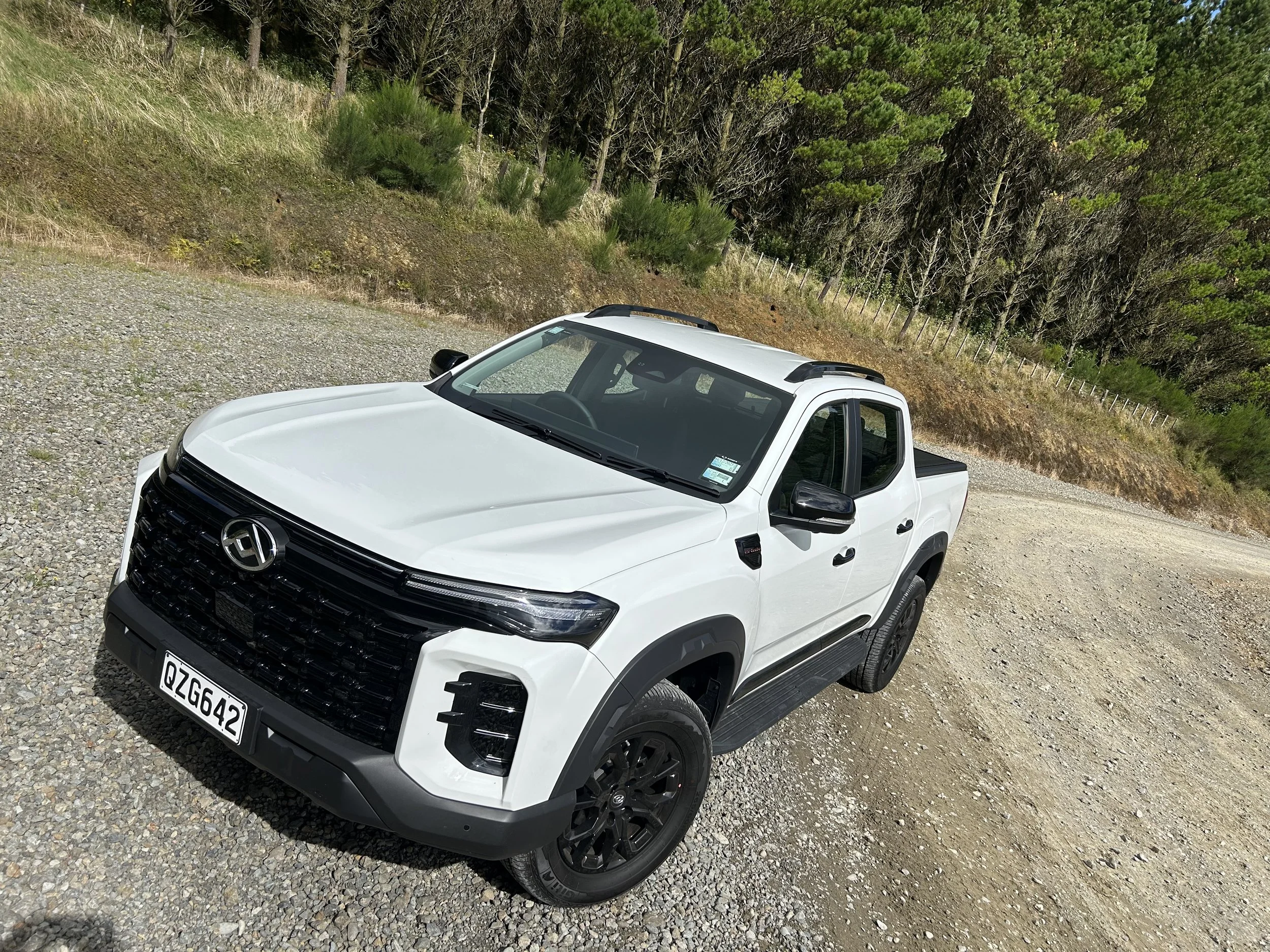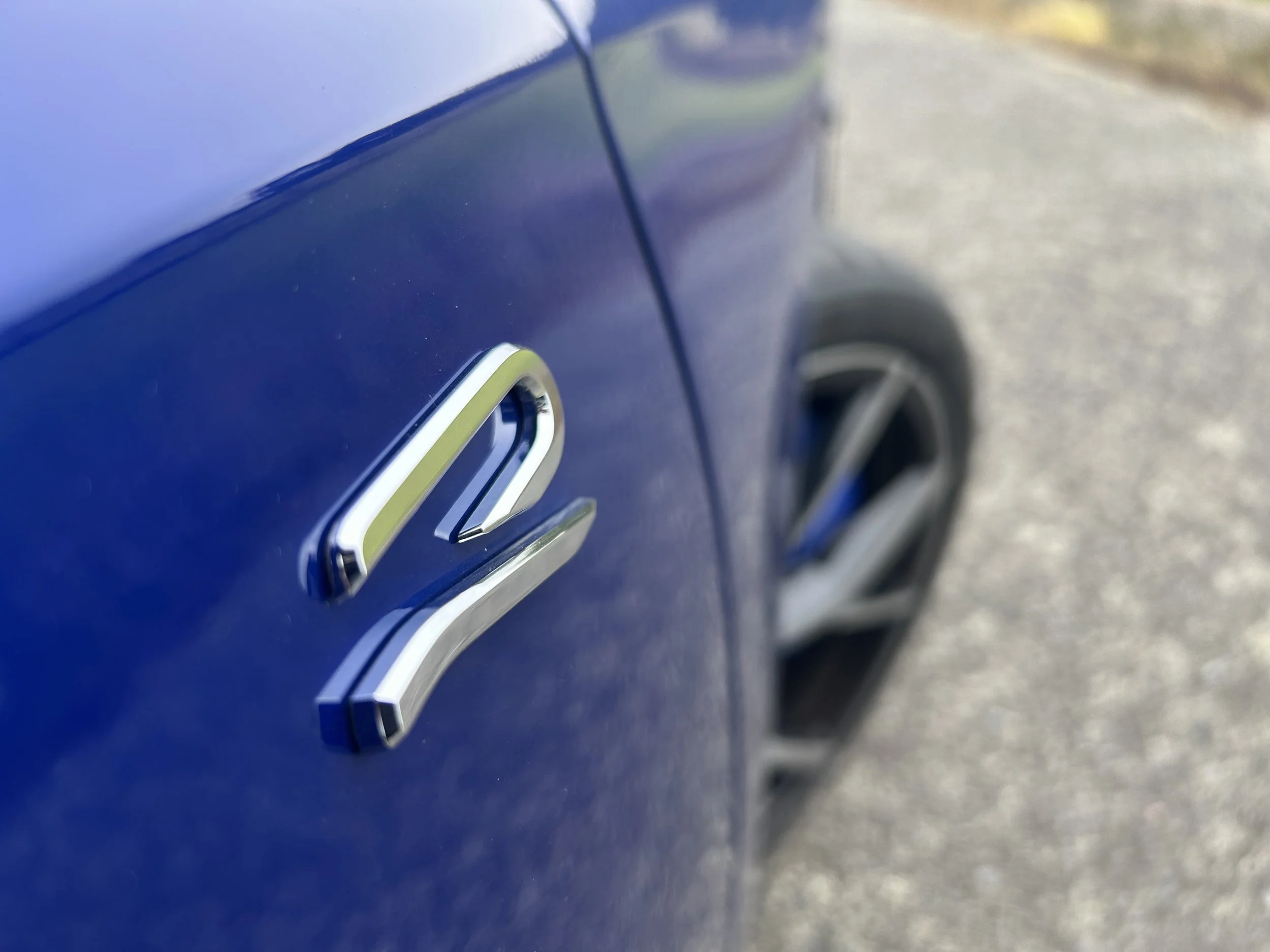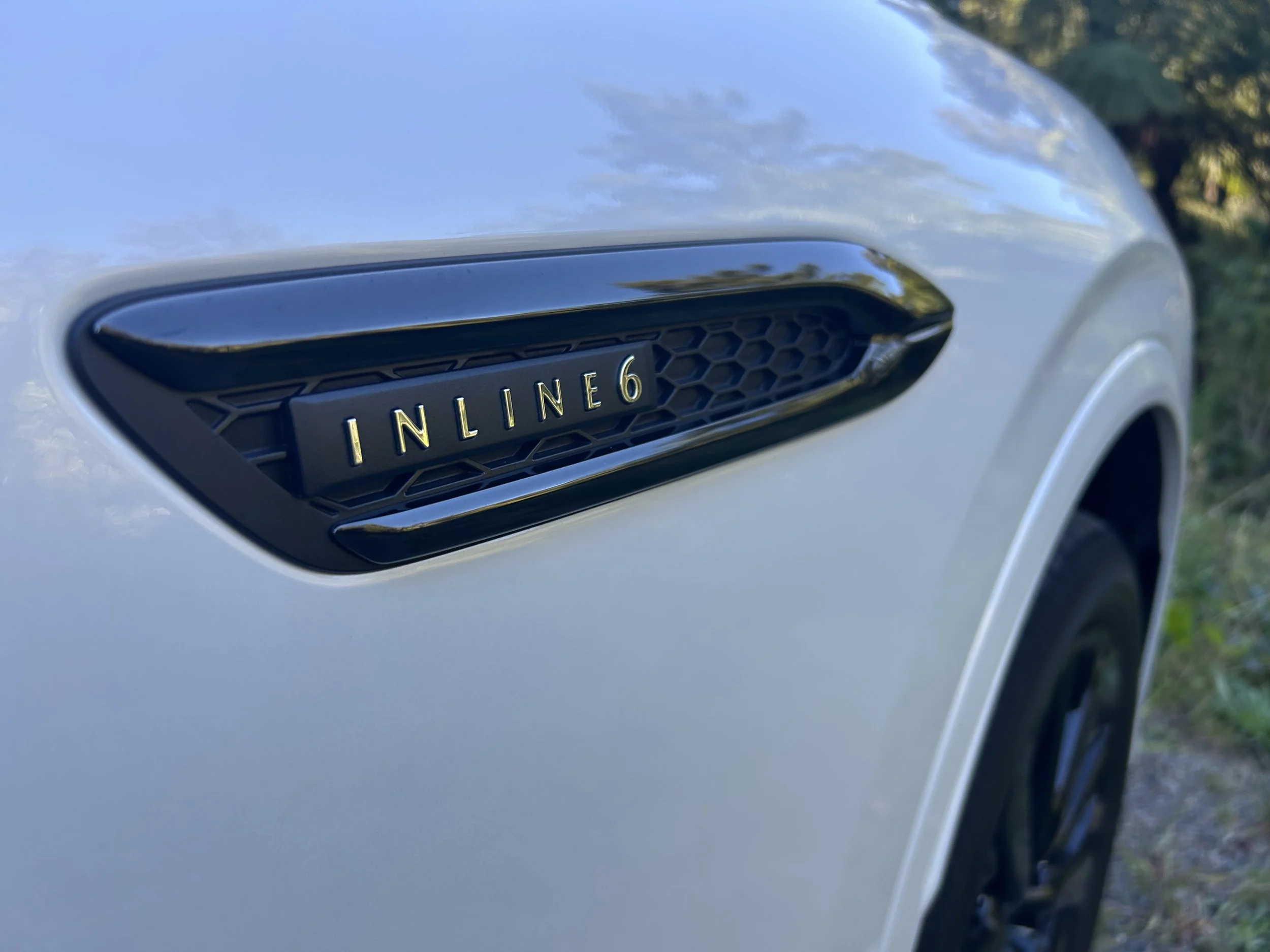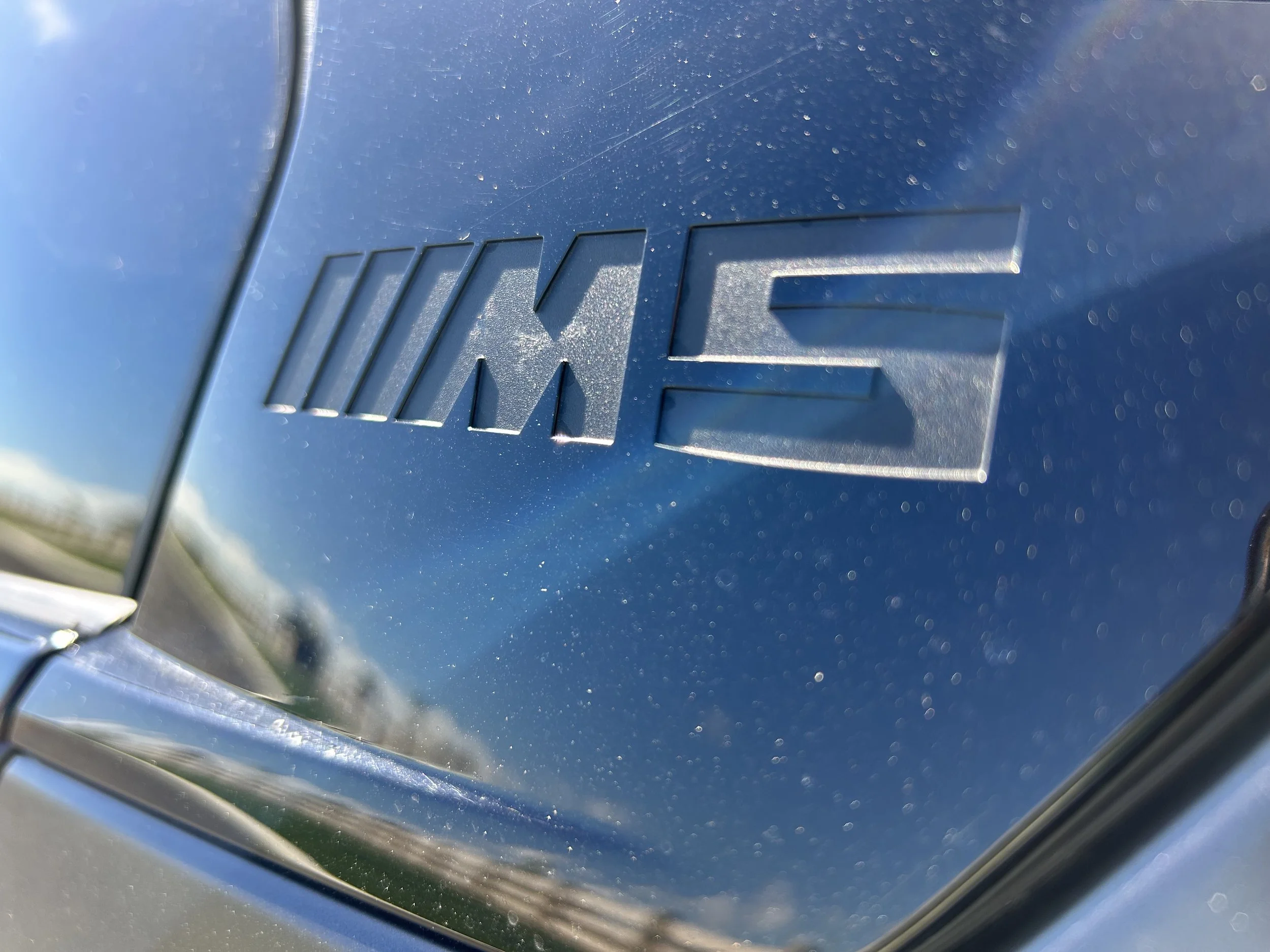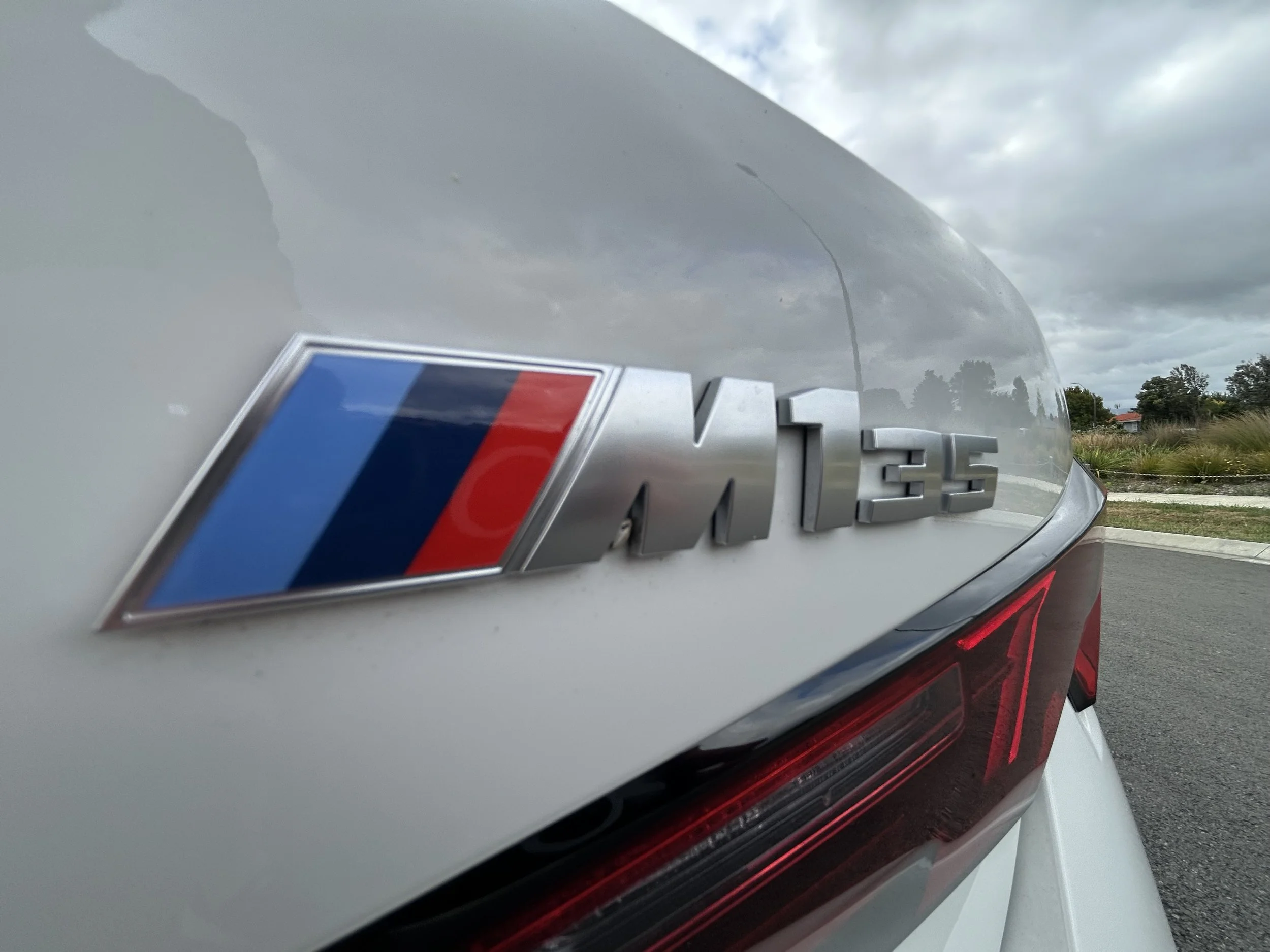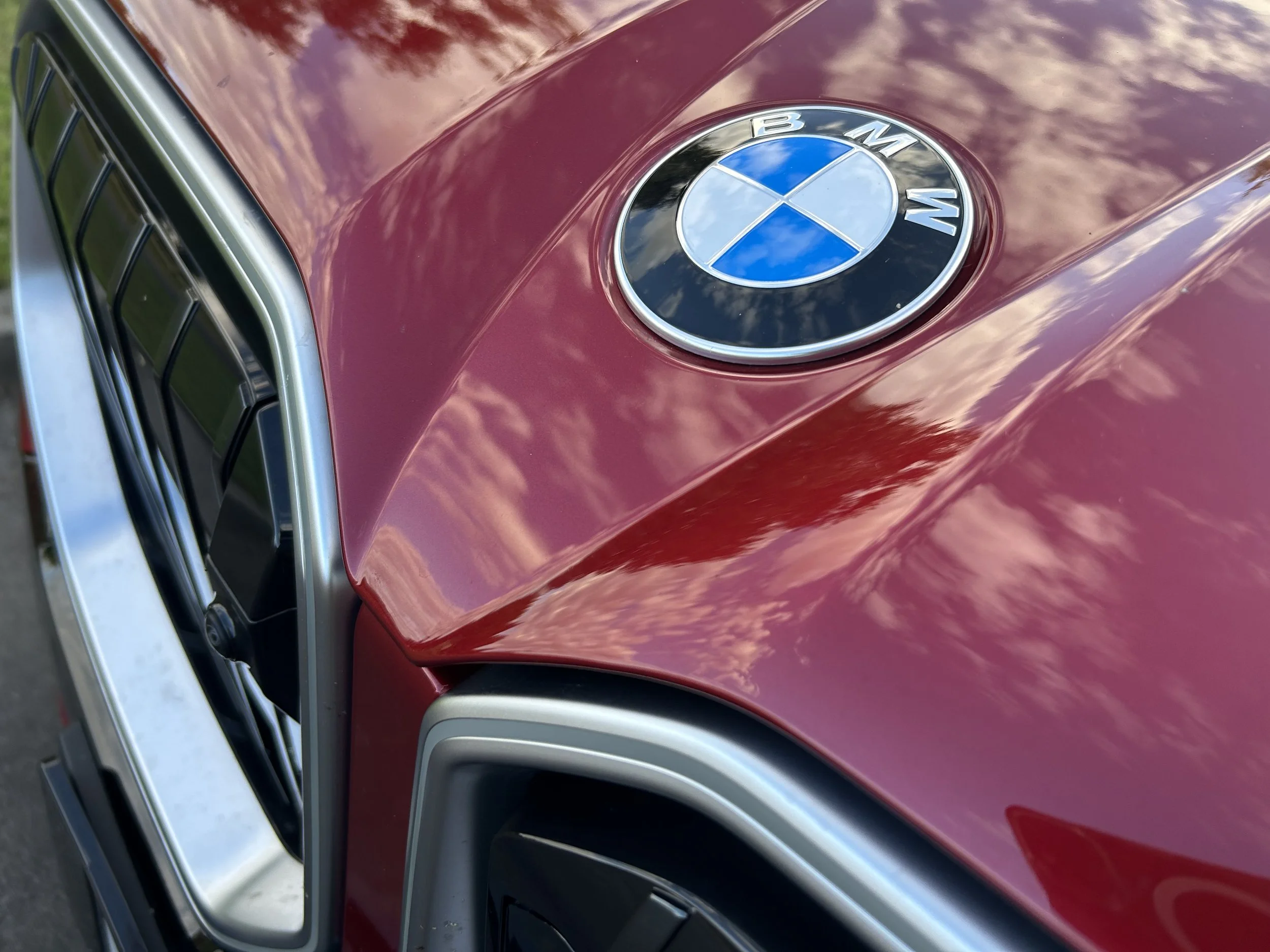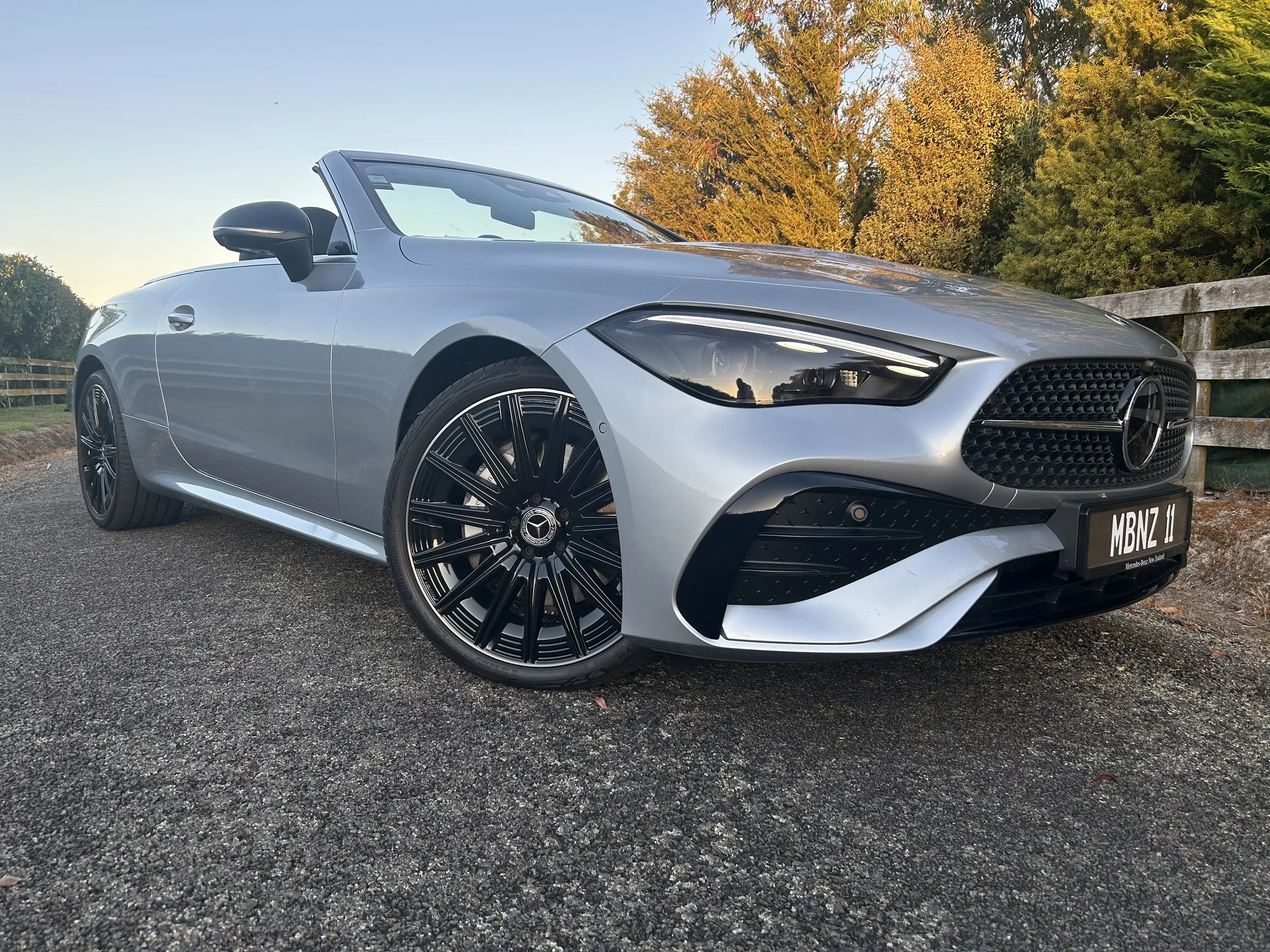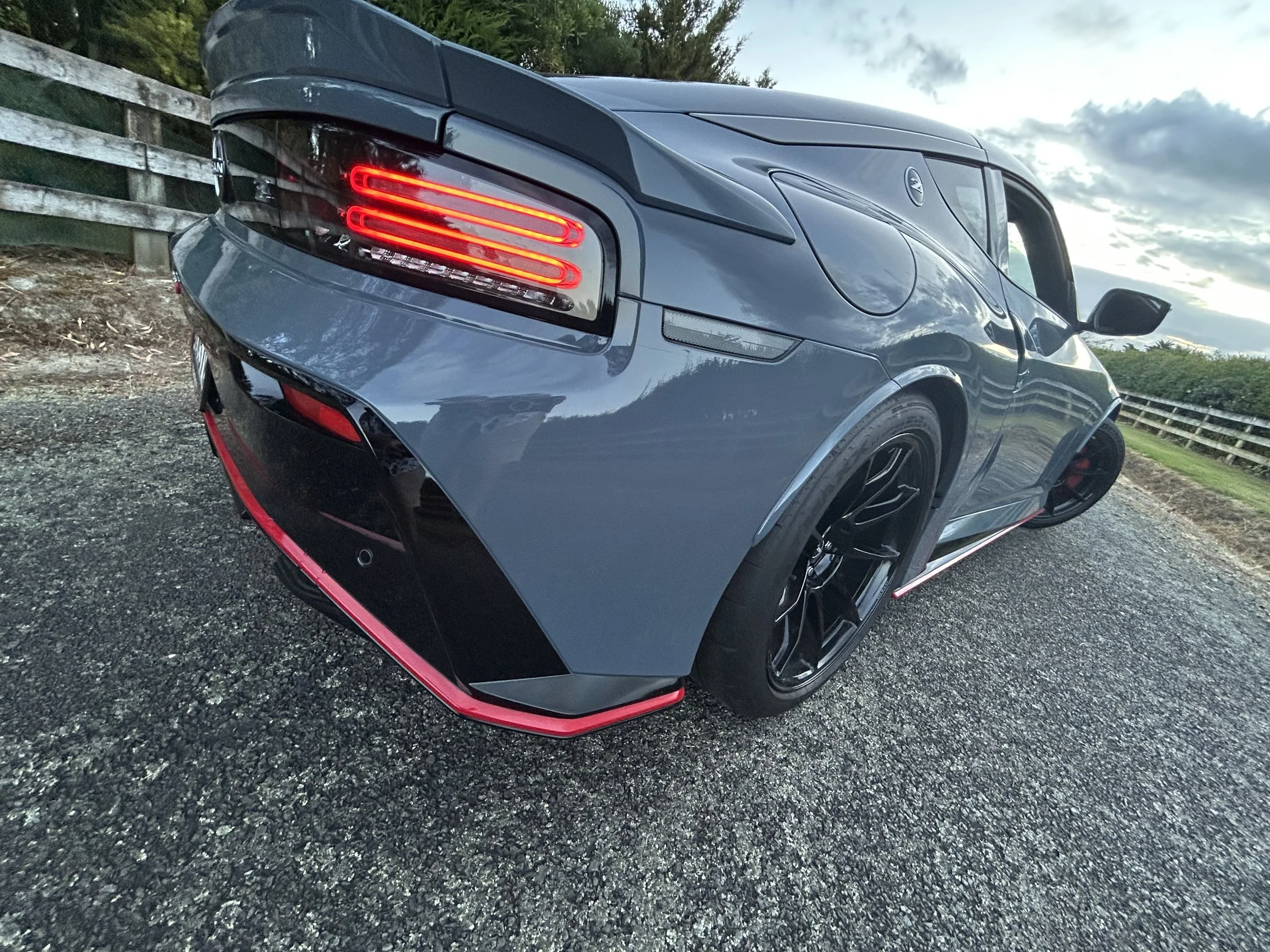Leaf just part of Nissan’s new greenery
/What chance more than Oceania-slated products will end up in NZ showroom?
MORE than your eye could see was revealed in Nissan’s international disclosure of new, mainly electric, product.
The expose was centralised, yet also done on regional basis.
North America saw different products to Europe and the United Kingdom. The LAT-AM zone - which typically means South America, notably the Spanish-speaking parts, but also encompasses the (French-speaking) Carribean - also saw some supposedly bespoke stuff.
Same goes for India, even though it is bunched with New Zealand and Australia and much of South East Asia, plus Japan, in Oceania.
Ultimately, for us, it might be thinking beyond the sub-set that was officially presented and instead consider vehicles that are specifically going to be built in right hand drive, have historically had export potential and have also showed up here previously.
Most obviously, it means the new Leaf (above), once the best-selling EV on Earth - and still, thanks to its huge penetration in mainly ex-Japan used import formats, the most popular choice for Kiwis with almost 25,000 around.
It also means the new Navara, which is no great secret. It’s been made clear, mainly by Mitsubishi, that the upcoming replacement for the current one tonne ute will be a rebadged, potentially reskinned edition of the Triton here since last year. With Mitsubishi running gear.
The Pathfinder, sourced from the United States, is signalled for a big refresh. Conceivably, it will still remain as a local model, though perhaps that also depends on a factor outside of the brand’s control: The impact of the Donald Trump administration’s auto industry tariffs. Pathfinder is built in Alabama, but it uses a lot of international components presumably subject to those 25 percent taxes.
Does it also mean renewed exposure to Micra and Juke, cars we’ve been familiar with in petrol form? Nissan says both are to head into the electric age.
Seemingly staged by the just installed new boss to remind that, despite being in battered state at the moment, Nissan intends to remain a fighting force, yesterday’s announcement showed a sub-Leaf electric Micra based on the Renault 5 EV platform is set to enter production very soon.
Plus there’s increasingly signs it also want to turn the sub-compact Juke crossover - said to be the car in shadow above - into a full-blown EV.
What chance of New Zealand seeing those as well as the new Leaf, wise introduction within the next year has long been signalled?
Leaf is obviously the car of primary importance, given its strong history here.
Since its launch in 2012, the car has been a five-door hatchback, but this first decent look of the third-generation version absolutely cements long-shared signals that it will become a slightly larger car presented as a sleek crossover.
The car will once again be built in Nissan's plant in Sunderland in the UK - apparently securing the future of that factory for the foreseeable - which is important to Kiwis; notwithstanding that most Leafs here are ex-Japan used imports, the NZ-new cars always came from Sunderland. That’s why the current type left the market as a brand-new car last year, regardless that production continues in Japan.
The new Leaf will share its CMF-EV platform with the Nissan Ariya and, therefore, have common DNA with some Renault cars that don’t sell new here.
Nissan is also boasting that its new '3-in-1' electric motor - which combines the motor, the reduction gear, and the power inverter into one module - will help the new Leaf be even more efficient.
Nissan hasn't issued any official figures for the battery nor the range, but there has been some discussion it will be able to hit as much as 600km on one charge, which suggests that there will be a big battery option of around 80kWh capacity. In the past there has been a smaller battery option. Conjecture is that, with the new, that strategy will continue, with the taking a unit of around 60kWh.
It also expected the Leaf will be available with options such as 19-inch alloy wheels and a full-length panoramic glass roof and that in the US, it will be compatible with the NACS plugs used by Tesla Superchargers. Ir’s also likely this one will have something the current type lacks: An official tow rating.
The Leaf will get a more detailed launch later this year and should be on sale by early 2026.
That timeline also seems to be entertained for the new Micra (above), which will share a platform with the Renault 5 E-Tech. That means it will be available with 40kWh and 52kWh batteries for a maximum range of 410km-ish. It will also share the Renault's 89kW and 112kW electric motors. Shaped by Nissan's London-based styling studio, which has drawn inspiration from the bubble-like K10 and K11 models (notably with the large, round LED headlights) the new Micra will be built in the same factory in Douai, France, as its Renault cousin.
The next-generation Juke is also said to be set to be on sale in 2026. Nissan wants to keep us in the dark, but it’s easy enough to see that the dramatic rear roofline of the previous two models has been carried over, and there are very slim LED lights mounted up high on the leading edge of the bonnet.
There are no technical details but it's expected that it will also be based on the CMF-EV platform. This would potentially make it a larger car than the current model and allow for long-range batteries, too.
More relevant news? There’s going to be an upgrade to the e-Power drivetrain found in current X-Trail and Qashqai.
Still often misunderstood by Kiwis, e-Power uses a petrol engine solely to charge the battery, with the wheels driven by an electric motor. No argument that fossil fuel reliance and LTSA categorising these as petrol cars has confused.
But they are still an electric car: The electric motor does all the driving and the petrol engine is just there as a generator. That means e-Power cars are the only electrics that don’t attract Road User Charge.
Nissan is committed; 1.6 million e-Power equipped cars have been sold around the world since the technology was first introduced in the Japan-market Note.
Nissan claims that its new third-generation e-Power system will be 15 percent more efficient at open road cruising speeds, in part because its new electric motor shares some of the efficiency-improving tech as the new Leaf's motor. Emissions will be trimmed, and noise and vibration are also said to be improved.
The first of the new e-Powertrain systems will debut in a new generation Qashqai later this year.
Also out in the wings is America’s version of the X-Trail, called the Rogue. That might raise interest because there’s no to be a Rogue with plug-in hybrid. Which isn’t a Nissan. What this edition will be a version of the Mitsubishi Outlander PHEV, which was a strong seller here for the past two years then lost some ground after RUCs hit last April. Given that Nissan here already has the e-Power X-Trail, which does not require plugging in, the PHEV might well never be seen here.
No comment about yesterday’s reveals has been offered by Nissan NZ.



